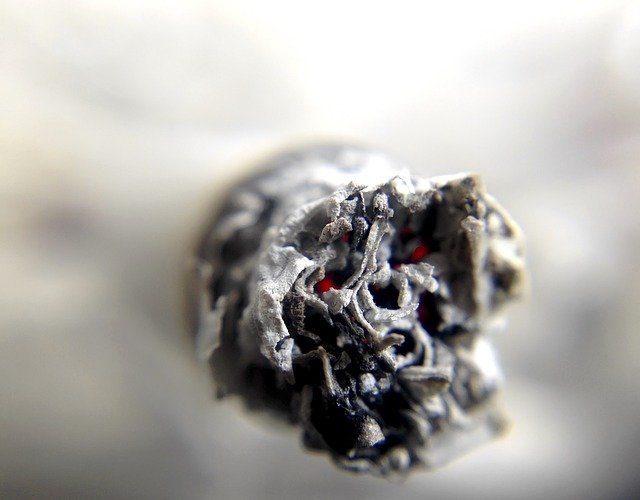1.1 How do we know what we know?
Scientists once believed that all life commonly and regularly arose spontaneously from non-living matter (‘spontaneous generation’); that is, any life form could be created on-demand from non-living things by following recipes.
J. B. van Helmont (van Helmont 1671; Latour 1989) gave this recipe:

If a soiled shirt is placed in the opening of a vessel containing grains of wheat, the reaction of the leaven in the shirt with fumes from the wheat will, after approximately twenty-one days, transform the wheat into mice.
— Translation of van Helmont (1671)
We now know that this isn’t true… But how did van Helmont reach this conclusion? Through observation: this is what he saw happen. And why was this idea rejected? Because of the scientific process.
Spontaneous generation was proposed after making observations. van Helmont then proposed a possible explanation (a hypothesis). This hypothesis was then rejected when evidence contradicted the hypothesis. So, a a new hypothesis was proposed and tested, based on further evidence. Briefly, this is the evidence-based, scientific process.
A more recent example of the scientific process in action is declaring cigarette smoking as harmful. As recently as 1978, the verdict on whether smoking is harmful was debated:

…many eminent persons, committees and commissions have unanimously concluded that lung cancer ‘is almost entirely due to cigarette smoking.’ I once shared this view, but having now studied the evidence in more detail and from new angles I feel unable to reach a definitive conclusion…
All scientific knowledge emerges in a similar way: Observations lead to hypotheses, which are tested against the evidence, and the hypotheses are either rejected or temporarily accepted based on this evidence. Notice the approach: hypotheses are rejected when contradictory evidence emerges, but hypotheses are only ever temporarily accepted until contradictory evidence emerges (if ever).
Knowledge in all scientific disciplines is based on a similar process:
- How do we know the gestation length for Gilbert’s Potoroo (Stead-Richardson et al. 2010)?
- How do we know that paracetamol eases pain (Weil et al. 2007)?
- How do we know that exercise is good for us (Curfman 1993)?
- How do we know if permeable pavement technology is effective in reducing runoff (Mullaney and Lucke 2014)?